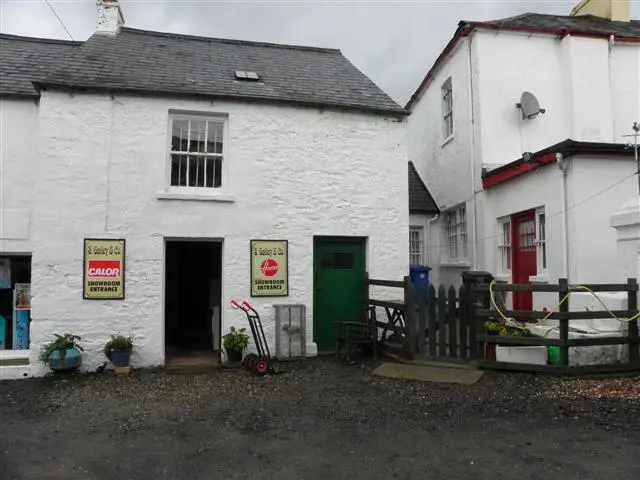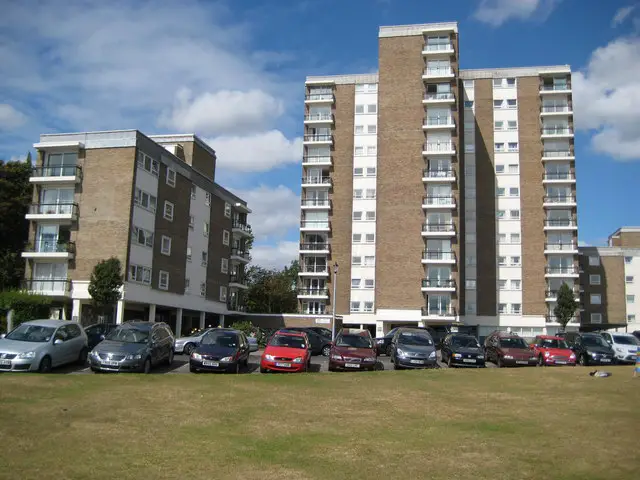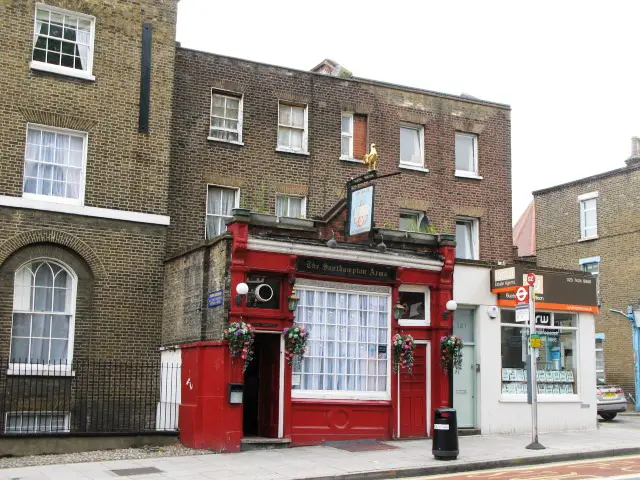
What Changes Can You Make to a Leasehold Property?
If you are considering renovating your leasehold home, the first question should be, “What are my options?”
When it comes to making changes and improving the aesthetics of your home, you have a few options. The first thing to consider is whether you have permission from your landlord or other parties involved like the local council. If you don’t have permission, it’s unlikely that you’ll be able to do any renovations without paying for them later.
Next, consider how much money you have saved for the project especially if it is a derelict property. It might be better to wait until you’ve saved up some money before starting on any renovations.
It is also essential to check whether your lease allows for changes like these. Without explicit permission from the landlord or other parties involved, you may not be able to make changes, such as renovating or installing appliances, to your leasehold.
What is a Leasehold Property?
Leasehold properties are real estate rented from a landlord and returned at the end of the lease term. Leasehold property means you don’t own the property you live on; instead, you have a long-term rental agreement with the freeholder. A freeholder is the owner and decides how much rent to charge tenants.
How to Make Leasehold Property Changes?
If you’re looking to make some changes to your leasehold property, you should consider a few things before you jump in.
If all you want to do is repaint or change the colour scheme, you need approval from your landlord. But, if you want to make structural changes, such as adding an extension or renovating a bathroom, you’ll need council approval.
Be mindful not to go beyond what is permitted without authorization as set forth by your landlord. Additionally, you’ll need to provide the landlord with information on all materials used during construction.
What are the Most Common Changes?

Leasehold properties can be modified in many ways, but they aren’t always as simple as they seem.
You need to know that most leases restrict what you can do with the property. You’ll need to check the lease to find out what those restrictions are. If there is nothing in there about changes, then it is probably okay to make any changes you want.
If the lease has anything about changes, you should be careful when making them. It can be very costly if you try to make changes not allowed by your lease agreement.
Replacing Floor or Ceiling Coverings
Your leasehold can be enhanced by replacing floor or ceiling coverings.
Home decor can be enhanced with floor coverings that add style, colour, and warmth. Flooring is an excellent choice for minor improvements that make a significant impact, whether you want something neutral, that will match every piece of furniture or something bold that will stand out.
In addition, ceiling coverings can be an excellent way to reverse the ageing process on your property. Whenever you feel that an area in your house needs some sprucing up, replacing old ceiling tiles with new ones might do the trick.
Redecorating and Adding New Furniture
The most common changes you can make to a leasehold property are redecorating and adding new furniture. You can add a fresh coat of paint to your living room walls if you want to spruce it up.
If you have a problem with the layout of your home and would like to change it slightly, there are a few ways that you can do this as well. One option is to simply move around some items in your kitchen or living room so that they’re more convenient for you personally. For example, consider moving or adding a dining table into the living room when hosting dinner parties so that guests don’t have to stand all night.
You can also replace old furniture with new pieces that better suit your needs.
Alternatively, you could replace old appliances with more modern ones, such as replacing an old fridge with one that comes with an ice maker. With these kinds of changes, you can keep your house looking modern.
Fitting New Kitchen Cabinets or Bathroom Fittings
Usually, you can change the kitchen and bathroom in a leasehold property, but you still need permission from your landlord.
Many people choose to update their kitchen cabinets when they move into a new home since it is the heart of the house. Replace your outdated appliances with more modern ones if you want your kitchen to have a more contemporary appearance.
Your leasehold property can also be improved by upgrading the bathroom, which adds a lot to its overall appearance. It doesn’t matter what bathroom you have; you can customise it to look good.
Putting in New Windows or Doors

Windows and doors are a great way to change things up in your home without making an investment that is too large. They also have the potential to improve your home’s energy efficiency, which can save money on heating bills in the long run. You can either replace the original windows and doors with new ones or add them. Either way, they’ll help keep the elements out while letting in light and fresh air.
Your property can look and feel better with new windows and doors. If you want a cottage feel, wooden doors with stained glass panels may do the trick. Choose simple glass panes without trimming for a more modern look, as trims can be added later.
Installing Air Conditioning
Installing air conditioning is time-consuming and expensive. You should therefore consider whether you can do it yourself or if you’ll need professional help.
If you have experience with carpentry, plumbing and electrical work, then installing air conditioning yourself may be a good option. You’ll just need to be sure that the unit is compatible with your current heating and cooling system.
If you don’t have experience with these types of projects, it’s best to hire a professional installer who has done this type of work before so they can ensure that everything will run smoothly and safely.
So, Can a Leasehold Property Be Modified?
Yes, a leasehold property can be modified.
You can change your leasehold property, but there are certain restrictions. To make changes to your home, you’ll need to contact your landlord first, who will let you know if there are any restrictions.
Any structural changes will also require permission from the freeholder and local government. It includes things like knocking down walls or building extensions. Fences, too, need planning permission if you want to build them.
